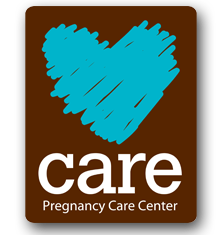If you are considering an abortion, it is important to know all the risks associated with the procedure.
Both the abortion pill and a surgical abortion have risks. One risk is an incomplete abortion.
The Risk of an Incomplete Abortion?
Sometimes after an abortion, there are parts of the placenta or fetus that remain in the womb, known as an incomplete abortion.
The National Library of Medicine reports that “An incomplete abortion is the partial loss of the products of conception within the first 20 weeks. Incomplete abortion usually presents with moderate to severe vaginal bleeding, which may be associated with lower abdominal and/or pelvic pain.”
How Does an Incomplete Abortion Happen?
Sometimes an incomplete abortion is a result of a partial miscarriage when your body naturally terminates the embryo on its own but does not expel it.
An incomplete abortion can also happen as a result of a surgical abortion.
An incomplete abortion can happen if someone incorrectly uses the abortion pill.
The National Library of Medicine reported that thirty percent of incomplete abortions were a result of women self-administering the abortion pill without doctor supervision.
What Are the Symptoms of an Incomplete Abortion?
- Heavy bleeding that lasts more than three weeks
- Blood clots
- Severe pain and cramping, as if your body is trying to go into labor
- Discomfort when anything presses on your belly
- A high fever that can signal an infection
- Low back pain
Do you want to talk?
If you have already experienced an abortion and want to talk to someone about it, we are here for you. Our caring compassionate staff are here to listen. You are not alone. We offer confidential help and support to help you navigate the complex feelings that can come after an abortion.
Contact us today to set up a free appointment.
NOTE: We offer accurate information about all your pregnancy options; however, we do not offer or refer for abortion services. The information presented on this website is intended for general education purposes only and should not be relied upon as a substitute for professional and/or medical advice
